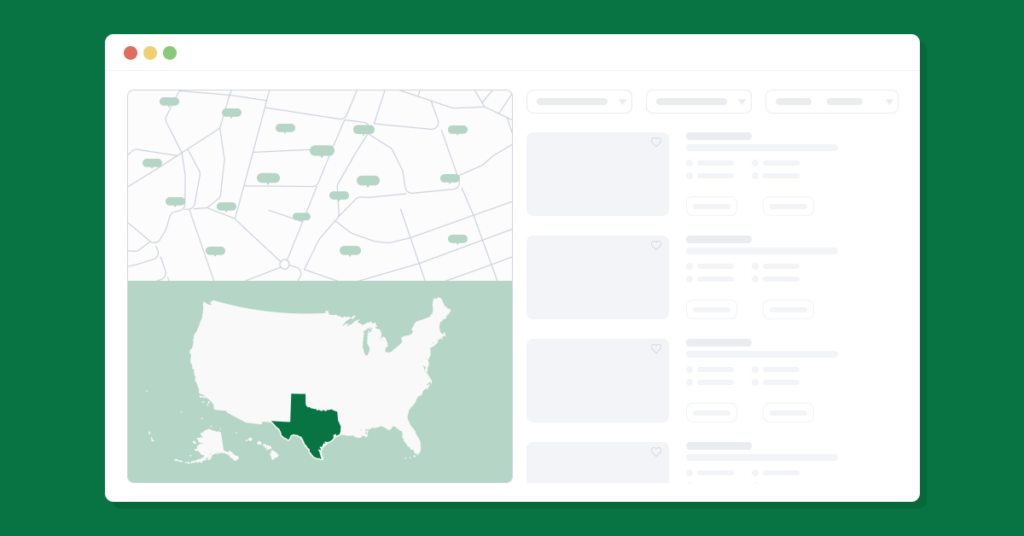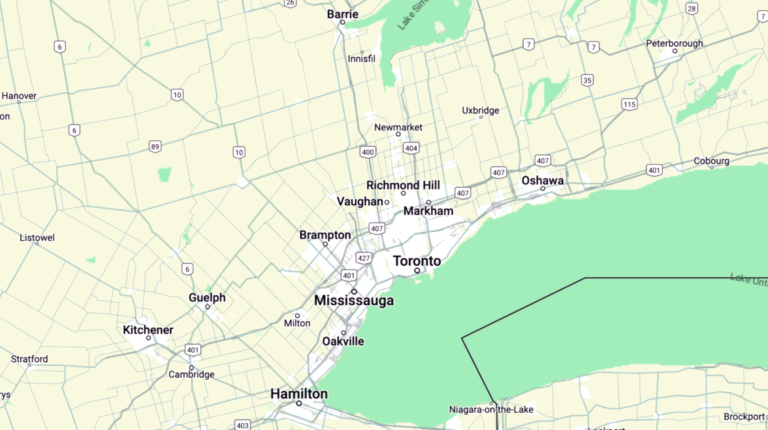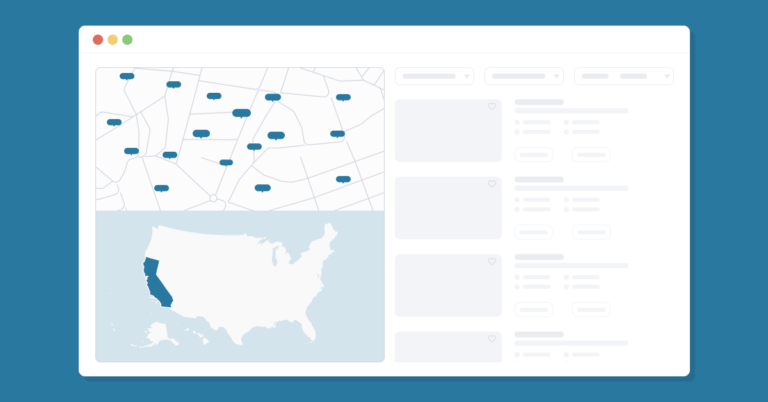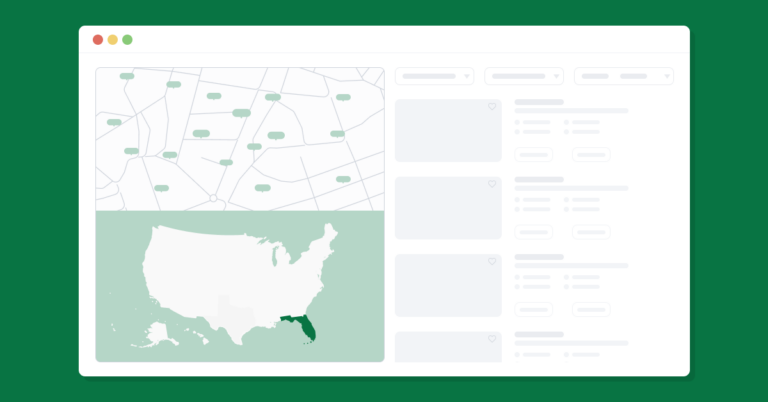Key Facts
- Approximate Membership Size:
- The Austin MLS is one of the biggest MLS providers in the country, with thousands of professionals who come together to form an extensive network of real estate agents and brokers, primarily focusing on the central Texas area.
- Top Counties and Cities Covered:
- Travis County: Travis County, in the capital city of Texas is a major area covered by the Austin MLS.
- Williamson County: Austin MLS is extending its coverage into the rapidly growing and suburban communities of Williamson County, key cities include Round Rock, Georgetown, and Cedar Park.
- Hays County: Austin MLS has a major look out for Hays County, known for its natural beauty and growing residential communities. Cities like San Marcos, Dripping Springs, and Kyle fall within this area.
- Historical Mergers:
- Over the time, Austin MLS has undergone several mergers and expansions, to meet the growing needs of the central Texas real estate market. These evolutions and potential mergers were focused to integrate various technologies and expand its services in the area.
- Associations Served:
- Austin Board of REALTORS® (ABoR): Austin MLS provides resources, education, and advocacy for real estate professionals in Austin and surrounding areas via this association.
- Williamson County Association of REALTORS®: This is another important association of Austin MLS, aimed at serving real estate professionals in Williamson County.
- Hays Real Estate Association : Another association linked with the Austin MLS, with a vision to serve real estate professionals in Hays County
Integrating Austin MLS IDX data
Building IDX websites for Austin MLS can be really easy or extremely difficult depending (1) how you choose to access the data and (2) whether or not you choose to work with an approved vendor.
Before we jump into the details, let’s start with the basics:
What is an IDX feed?
An IDX feed, or Internet Data Exchange feed, is a technology solution that allows real estate agents and brokers to display up-to-date property listings from their local Multiple Listing Service (MLS) on their websites or real estate platforms.
It enables real estate professionals to provide valuable property information to potential buyers and sellers on their website directly instead of directing clients to portals like Zillow and Redfin, thus enhancing their online presence and client engagement.
Why do I need an IDX feed for Austin MLS?
If you want to display active or sold listings within Austin MLS on your website, you need to be able to access the Austin MLS IDX feed.
An IDX feed for Austin MLS can you help you enhance your online experience, showcase local expertise, drive lead generation, and give you a competitive advantage in your local market.
How do I get Austin MLS listings on my website?
There are two ways to integrate Austin MLS IDX data with your website:
(1) Get a direct IDX feed from the MLS. This method usually requires you to complete paperwork with the MLS, pay one-time setup fees, and monthly feed access fees in order to get the data. In addition, you are responsible for downloading, hosting, and managing the data, which can be quite expensive ($500-$2,000 per month) and making it readily available on your website.
(2) Work with an approved IDX vendor. Vendors like Web4Realty have direct access to Austin MLS IDX data and are able to make accurate IDX data available to approved members of Austin MLS. You don’t have to worry about compliance requirements, data vendor migrations, hosting costs, and uptime. Some vendors like Web4Realty even provide plugins for website platforms like WordPress, Wix, Squarespace, and GoDaddy that allow you to get your website out the door in minutes.
Austin MLS Background
The Austin MLS, or Multiple Listing Service, is a comprehensive database of real estate listings for the Austin, Texas area. It is an invaluable resource for real estate professionals, giving specific information about properties for sale such as homes, condominiums, and land. Since its founding, the Austin MLS has developed dramatically to match the Austin real estate market’s rapid expansion and shifting dynamics.
Founded to facilitate the sharing of property information among agents and brokers, it has evolved into an advanced digital platform that incorporates cutting-edge real estate technology, including extensive search capabilities, market analytics, and integration with a variety of real estate tools. This evolution follows Austin’s metamorphosis into a major tech powerhouse and one of the fastest-growing cities in the US.
What are the top cities served by Austin MLS?
The Austin MLS covers several cities, including Austin, Round Rock, Cedar Park, Georgetown, Pflugerville, Leander, Buda, Kyle, Lakeway, Dripping Springs, San Marcos, Manor, Hutto, Bee Cave, West Lake Hills, Liberty Hill, Elgin, Taylor, Bastrop, and Lago Vista.
What are the top counties served by Austin MLS?
The Austin MLS covers the following counties: Travis, Williamson, Hays, Bastrop, Burnet, Caldwell, Blanco, Lee, Llano, Mason, Milam, Fayette, Gillespie, Lampasas, San Saba, Burleson, Bell, Coryell, Comal, and McLennan.
Which associations are part of Austin MLS?
The Austin MLS covers a variety of real estate associations and boards, including the Austin Board of REALTORS® (ABoR), Williamson County Association of REALTORS®, Bastrop County Board of REALTORS®, Caldwell County Board of REALTORS®, Hays County Board of REALTORS®, Central Hill Country Board of REALTORS®, Four Rivers Association of REALTORS®, Highland Lakes Association of REALTORS®, Kerrville Board of REALTORS®, Llano County Board of REALTORS®, Marble Falls/Lake LBJ Board of REALTORS®, Mason County Board of REALTORS®, San Marcos Area Board of REALTORS®, and the Gillespie County Board of REALTORS®.



